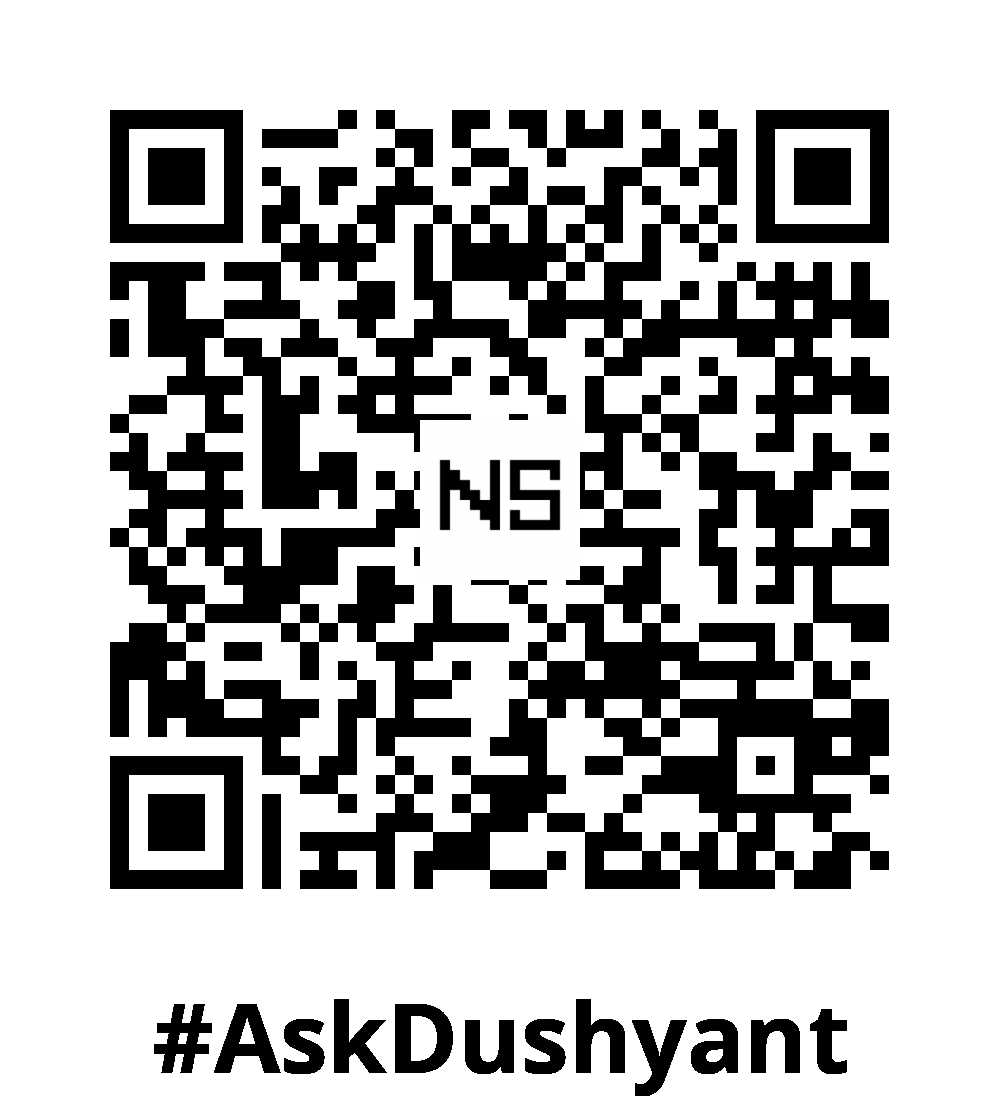Based on my extensive 18-year background in the tech corporate landscape, businesses are rapidly migrating to the cloud to improve scalability, flexibility, and cost-efficiency. A crucial aspect of this transition involves selecting the right database solution—whether to stick with traditional databases or embrace cloud-native databases like Amazon RDS, Google Cloud SQL, and Azure Cosmos DB.
This tech post will explore the key differences between traditional and cloud-native databases, compare leading cloud-native solutions, and highlight the advantages of using managed databases in the cloud, such as scalability, reliability, and reduced management overhead.
Traditional Databases vs. Cloud-Native Databases
Traditional Databases
Traditional databases like MySQL, Oracle, or SQL Server are typically hosted on-premises, meaning your business manages the infrastructure, storage, backups, and scaling manually. While reliable, these systems present significant challenges:
- Limited scalability: Expanding on-prem databases requires additional hardware, which is both costly and time-consuming.
- High management overhead: IT teams must manage everything from backups to security patches, taking away resources from innovation.
- Upfront costs: Traditional databases demand significant capital investments in hardware and ongoing maintenance.
Cloud-Native Databases
Cloud-native databases are built to fully leverage cloud infrastructure. Solutions like Amazon RDS, Google Cloud SQL, and Azure Cosmos DB offer managed database services, handling scaling, backups, and high availability automatically.
- Automatic scalability: Cloud-native databases scale seamlessly with your business, without hardware limitations.
- Reduced management overhead: Your cloud provider manages backups, patching, and security, freeing up your IT team to focus on innovation.
- Cost-effective: Cloud-native databases follow a pay-as-you-go pricing model, reducing upfront investments.
Comparing Cloud-Native Database Solutions
1. Amazon RDS (Relational Database Service)
Amazon RDS offers managed relational databases like MySQL, PostgreSQL, Oracle, and SQL Server. It automates everything from scaling to backups, offering high availability with multi-AZ (Availability Zone) support.
Advantages:
- Multi-AZ deployments for high availability and failover.
- Automated backups and patch management.
- Read replicas to improve read performance for high-traffic applications.
# Example of using AWS CLI to create an Amazon RDS instance
aws rds create-db-instance \
--db-instance-identifier mydbinstance \
--db-instance-class db.t3.medium \
--engine mysql \
--allocated-storage 20 \
--db-name mydatabase \
--master-username admin \
--master-user-password password123 \
--availability-zone us-west-2aUse Case: An e-commerce site running MySQL migrates to Amazon RDS, easily handling high traffic spikes during sales events without downtime or manual scaling.
2. Google Cloud SQL
Google Cloud SQL provides managed MySQL, PostgreSQL, and SQL Server databases. It integrates seamlessly with other Google Cloud Platform (GCP) services, making it ideal for businesses already using GCP.
Advantages:
- Automatic storage scaling based on demand.
- Integrated security features like encryption at rest and in transit.
- Easy integration into Google Cloud services.
# Example of creating a Google Cloud SQL instance
gcloud sql instances create myinstance \
--database-version=MYSQL_5_7 \
--tier=db-n1-standard-1 \
--region=us-central1Use Case: A SaaS company using Google Cloud SQL with GCP cloud-native apps can scale seamlessly as user demand grows, while Google handles all maintenance and security.
3. Azure Cosmos DB
Azure Cosmos DB is a fully managed NoSQL database service built for high performance and low-latency applications. It provides automatic scalability across multiple regions and is ideal for global applications.
Advantages:
- Multi-region replication with single-digit millisecond latency.
- Schema-agnostic, allowing for flexible data models.
- Elastic scaling of throughput and storage.
# Example of creating an Azure Cosmos DB instance via Azure CLI
az cosmosdb create \
--name mycosmosdbaccount \
--resource-group myResourceGroup \
--kind MongoDB \
--locations regionName=EastUS failoverPriority=0Use Case: A social media platform uses Azure Cosmos DB to store user data across different geographic regions, ensuring real-time access for millions of users with low latency.
Advantages of Managed Databases in the Cloud
- Scalability
Cloud-native databases offer seamless scalability, allowing businesses to scale storage and compute resources up or down based on demand without the limitations of on-prem hardware.
Example: During peak holiday seasons, a retail company using Amazon RDS can automatically scale resources to handle a surge in transactions, then scale down afterward to reduce costs. - Reliability and High Availability
Managed databases provide built-in reliability through automated backups, failover capabilities, and replication across regions. This ensures high availability and minimizes downtime.
Example: A financial services company using Azure Cosmos DB can rely on multi-region replication, ensuring continuous availability even if one region goes down. - Reduced Management Overhead
Cloud providers handle routine database tasks like backups, patch management, and monitoring, freeing your team from day-to-day database management so they can focus on innovation and product development.
Example: A startup using Google Cloud SQL can allocate its resources toward building new features, with Google handling all maintenance and security concerns. - Cost Efficiency
With cloud-native databases, businesses can follow a pay-as-you-go pricing model, avoiding the large upfront costs associated with traditional databases. This allows for more flexible budgeting and cost control.
Example: A small business can start small with Google Cloud SQL and scale as needed, paying only for the resources used, without investing in expensive on-prem infrastructure.
My TechAdvice: Always prioritize security when using the cloud. Storing sensitive data like personal or financial information etc, in the cloud carries inherent risks. Instead, reserve cloud storage for non-critical, high-volume data. To strike the right balance, implement a hybrid solution that combines on-premise infrastructure with native cloud services for optimal security and performance. When choosing a database solution for your business, cloud-native databases like Amazon RDS, Google Cloud SQL, and Azure Cosmos DB offer clear advantages over traditional on-prem databases. These solutions provide seamless scalability, high availability, and reduced management overhead—all at a cost-effective, pay-as-you-go model.
#AskDushyant
#TechConcept #TechAdvice #CloudComputing #AWS #Azure #GoogleCloud


Leave a Reply